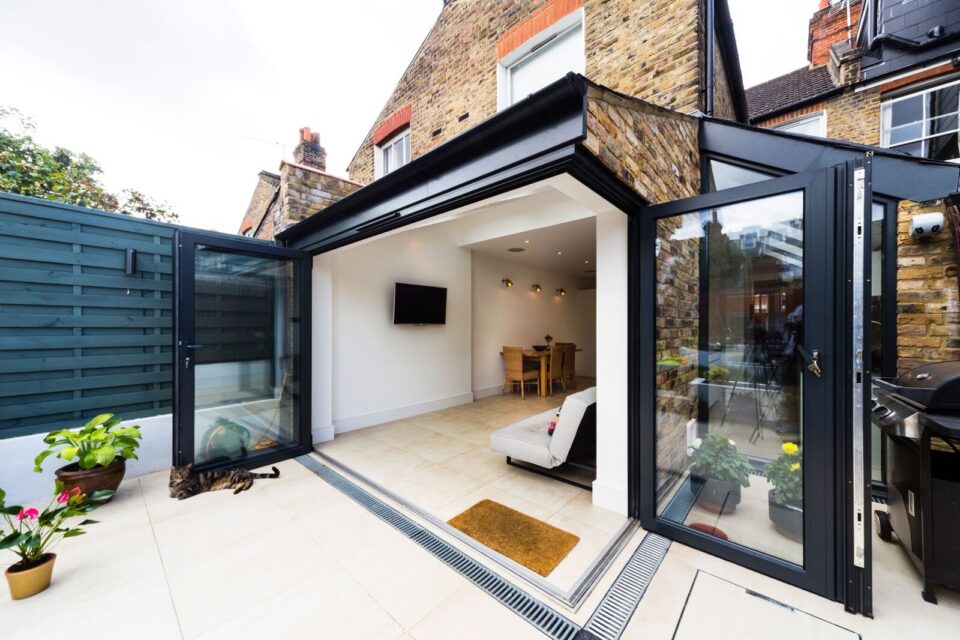Expanding your living space with a home extension is an excellent way to enhance your lifestyle and increase the value of your property. In a vibrant and densely populated city like London, home extensions are a popular solution for families looking to gain more room without the need to move. This guide will walk you through the benefits, types, and key considerations of home extensions in London.
Why Consider a Home Extension?
Increased Living Space
A home extension provides additional living space, whether you need a larger kitchen, an extra bedroom, or a dedicated office. This extra room can accommodate your growing family or evolving lifestyle without the hassle and expense of moving.
Added Property Value
A well-planned home extension can significantly increase the market value of your property. In London, where real estate is highly competitive, adding more square footage is a valuable investment. Potential buyers often prioritize properties with additional living space, making your home more attractive on the market.
Enhanced Functionality
Home extensions offer the opportunity to redesign your living space to better suit your needs. You can create open-plan living areas, add en-suite bathrooms, or design a separate living space for guests or tenants. This added functionality can greatly improve your day-to-day living experience.
Types of Home Extensions
Single-Storey Extension
A single-storey extension is a popular choice for homeowners looking to expand their ground floor space. This type of extension can be used to create a larger kitchen, dining area, or living room. It often extends into the garden, providing a seamless transition between indoor and outdoor spaces.
Double-Storey Extension
For those needing even more space, a double-storey extension adds significant square footage to both the ground and upper floors. This type of extension is ideal for adding additional bedrooms and bathrooms, making it a great option for growing families. It can dramatically transform the layout and usability of your home.
Rear Extension
A rear extension involves extending the back of your property. This is a versatile option that can be either single or double-storey, depending on your needs and available space. Rear extensions are perfect for creating expansive open-plan living areas that open out onto the garden.
Side Return Extension
A side return extension utilizes the narrow strip of land alongside your property, typically found in terraced or semi-detached houses. This type of extension can widen your kitchen or create additional living space, maximizing the use of your property’s footprint.
Wrap-Around Extension
A wrap-around extension combines a rear and side return extension, creating an L-shaped addition that can significantly increase the ground floor space. This type of extension is perfect for those looking to create a large, open-plan living area with plenty of natural light.
Key Considerations for Home Extensions
Planning Permission and Building Regulations
Before embarking on a home extension, it’s crucial to determine whether you need planning permission. While some extensions fall under permitted development rights, others, particularly larger or more complex projects, will require approval. Additionally, all extensions must comply with building regulations to ensure they are safe and structurally sound.
Design and Aesthetics
The design of your extension should complement the existing architecture of your home. Consider the materials, style, and layout to ensure a cohesive look. Working with experienced architects and designers can help you create a space that is both functional and visually appealing.
Budget
Setting a realistic budget is essential for any home extension project. Consider all potential costs, including planning fees, materials, labor, and interior finishes. It’s also wise to include a contingency fund for unexpected expenses. Clear communication with your builders and a detailed quote can help manage your budget effectively.
Impact on Neighbors
Home extensions can affect neighboring properties, especially in densely populated areas like London. It’s important to consider the impact on your neighbors, including potential disruptions during construction. Keeping open lines of communication with your neighbors and addressing any concerns can help maintain good relations.
Conclusion
A home extension is a fantastic way to add space, functionality, and value to your property in London. By understanding the different types of extensions and considering key factors such as planning permission, design, budget, and neighbor relations, you can embark on your project with confidence. With the right planning and expert guidance, your home extension can become a beautiful and practical addition to your living space.

